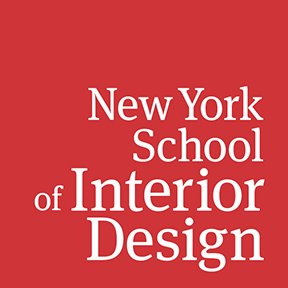William Engel
William Engel is a designer and painter who specializes in commissioned works for corporate and residential interiors. He frequently collaborates with interior designers, including Lilian Bakhash, Celia Berliner, Richard Keith Langham, Charles Pavarini III, David Scott, and Sue Ventura. He is a graduate of NYSID and has been teaching at the College since 1980. He teaches Mixed Media Rendering, Elements of Rendering, Color for Interiors, as well as a Portfolio Development Workshop.
You believe it’s still important for students to learn to sketch by hand. Could you explain why?
I always tell my students that sketching is an essential tool for thinking fast and the best way to work out design problems. A lot of my job is teaching students to overcome their fear of putting a pencil to paper. I’m here to teach and encourage them to do their best.
While learning to work with computer programs like AutoCAD is essential for any interior designer today, I feel strongly, as does NYSID, that hand rendering needs to remain a part of the curriculum. Principals at interior design firms often tell me they wish more students knew how to sketch by hand so they can develop their ideas on paper and be more conceptual.
What’s your favorite thing about teaching at NYSID?
I love working with the students; they give you ideas and keep you current and fresh. And the students are really nice, they want to know what you have to say. There is definitely a sense of mutual respect, which you don’t see at a lot of other schools. Although the College has grown a lot, it hasn’t become impersonal. The classes are still small and students are getting a lot of one-on-one time with their instructors.
How does your artwork inform your teaching?
Since i do a lot of commissions for interior designers, I’m very conscious of the relationship between fine art and interior design. I always tell my students that when you’re designing a room it has to hold together as a good composition, just like any work of art.
My artwork often teeters between abstract and realistic landscapes. The process I go through when I make my paintings is similar to some of the more advanced courses I teach where students are asked to develop abstract concepts. It’s not a decorating problem, and it doesn’t matter if I like their taste or style, it’s about how the students are able to develop a concept abstractly and complete the design based on that concept. For both my work and the work of my students, it’s more about the questions one brings based on concepts rather than the final design or work of art.
